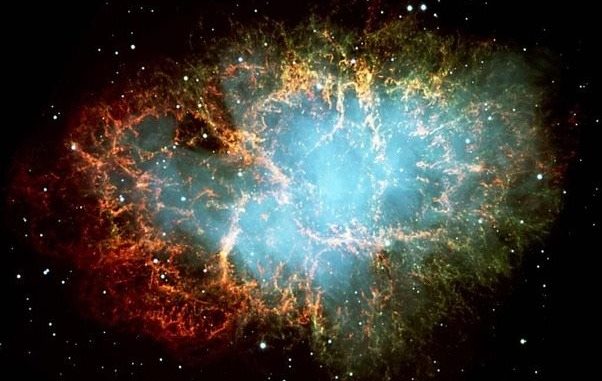
Chelsea Sookra, Staff Writer |
On Oct. 1st, the SUNY Oneonta Planetarium and the A.J. Read Science Discovery hosted their first virtual planetarium show of the semester with Dr. Valerie Rapson as the host, Their virtual planetarium shows always bring people from around the globe to watch and this one was no different.
Dr. Rapson began with a short presentation on the Hubble telescope. The Hubble telescope is one of the Great Observatories, four telescopes shot into space by NASA during the 1990s and 2000s. They were constructed using various technologies to investigate specific wavelength/energy sections of the electromagnetic spectrum, including gamma rays, X-rays, visible and ultraviolet light, and infrared light. The Hubble Space Telescope (HST) focuses on visible and near-ultraviolet light. The Compton Gamma Ray Observatory (CGRO) was designed to study gamma rays, but it also looked at hard X-rays. Soft X-rays are the primary focus of the Chandra X-ray Observatory (CXO). The infrared spectrum was seen by the Spitzer Space Telescope (SST).
Hubble had some issues when it was first launched. It didn’t have much better images than a telescope on the ground. Hubble’s images showed spherical aberration (it was blurry). The repairs took place on a five-day spacewalk in Dec. 1993 where Corrective Optics Space Telescope Axial Replacement (COSTAR) was installed. Hubble is up and running now and we hope it stays that way.
Next up was the planetarium show. Dr. Rapson used a free software called Stellarium which shows the night sky from your current location and time. First, we saw star Altair, Jupiter, and Saturn. You’ve probably seen Jupiter and Saturn walking home from classes on campus because of how bright Jupiter is after sundown and Saturn slowly appears next to it.
We took a close-up of Jupiter and Saturn’s moons and in case you didn’t know, Jupiter and Saturn are a part of Capricorn’s constellation. Along with seeing moons we don’t see with our naked eye, we saw some other spectacular sights such as the Dandelion Puffball Nebula and the Fried egg galaxy which has a yellow center surrounded by stars in a circular formation, looking like an actual fried egg. For someone who doesn’t know much about astronomy, being at the show was mesmerizing! I couldn’t look away.
The software not only shows the current night sky but the images of what the ancient Greeks imagined constellations looked like, along with their names such as Pegasus (Pegasus is only imaged to be half of a Pegasus because a full one would bump into the Pisces fish constellation). We even got to see the king and queen of the constellations, Cassiopeia and her husband Cepheus.
If you didn’t get a chance to see the show, don’t worry! The Planetarium and A.J. Read Science Discovery Center will be hosting more events and planetarium shows this semester!
Leave a Reply